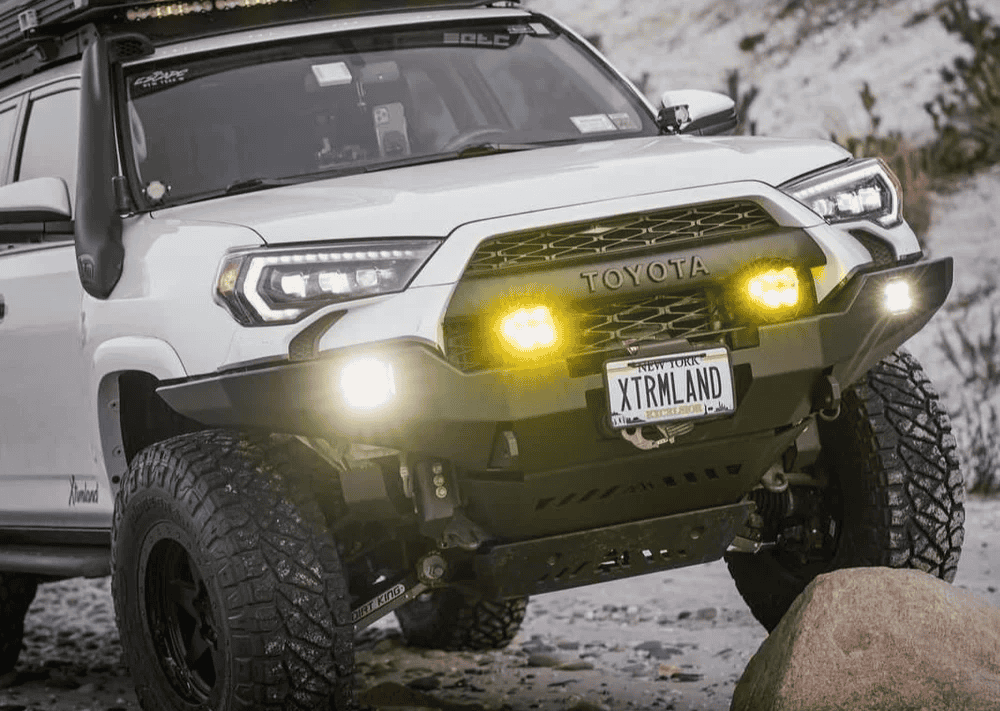Overland Vehicles

A nature expedition truck starts with a chassis that can shoulder real payload while remaining predictable off pavement. Look for a frame with a healthy gross vehicle weight rating and a curb weight that leaves true payload headroom after armor, water, fuel, and camping equipment. A balanced wheelbase helps with stability at speed and breakover clearance on uneven tracks. Four wheel drive with low range is preferred for controlled crawling and engine braking on steep grades.
Locking differentials or limited slip units transform traction on loose rock, mud, and snow. Pair those with sensible axle gearing to keep the engine in the power band when climbing under load. Skid protection for the steering, transmission, and fuel tank reduces risk when contact is unavoidable. A modest suspension lift with matched spring rates and dampers can improve travel and load control without pushing center of gravity too high.
All terrain tires with reinforced sidewalls are the default choice for mixed travel. Choose a size that preserves gearing and braking while adding ground clearance. Airing down widens the contact patch and softens washboard chatter, but requires an onboard compressor for safe reinflation. Carry a full size spare, plug kit, and valve cores, and keep rotation intervals tight to extend service life.
Extra mass taxes brakes and cooling. Quality pads and fresh fluid improve downhill confidence. Ensure radiator, hoses, and belts are in top condition and consider auxiliary cooling for heavy towing or desert heat. Reliability is the real luxury in remote country. Preventive maintenance beats performance mods every time.
Power, water, food storage, and shelter define how far you can go and how long you can stay. Start with a simple energy budget listing loads like a fridge, lights, fans, comms, and chargers. A dual battery system or a compact lithium house battery with a proper charge controller keeps essentials running. Solar replenishes during long stays, while an alternator charge path tops up during transits.
Water demand varies with climate and crew size. Secure tanks low and centered to protect handling, and use food grade plumbing with a sediment pre filter. Add a secondary container to isolate drinking water if conditions are questionable. For cooking, propane or butane stoves perform well; in cold temps, liquid fuel shines. A compact fridge reduces waste and spoilage compared to ice based coolers.
Organize gear by frequency of use. Heavy items ride low and between the axles. Soft goods and light items stow high. Drawer systems and flat mount tie points keep equipment from shifting on rutted roads. Label bins so camp setup is quick and teardown is effortless.
A solid sleep system preserves energy for the next day. Insulated toppers, quality bedding, and ventilation make a bigger difference than flashy add ons. In shoulder seasons, efficient heaters paired with carbon monoxide monitors increase safety. Shade awnings extend living space and reduce cabin heat on sunny days.
Redundant navigation prevents wrong turns from becoming rescues. Pair offline topo maps with a satellite messenger or personal locator beacon for emergency signaling beyond cellular coverage. Program check in routines so someone back home knows your plan and timing.
Recovery gear should match vehicle weight. A kinetic rope, soft shackles, rated points, and traction boards solve most stucks. A well maintained winch adds controlled recovery options on steep or muddy trails. Gloves, a shovel, and a compact saw round out the kit. Training matters more than tools, so practice in controlled conditions before you need the skills.
Trip plans hinge on range. Account for slower speeds, soft surfaces, and headwinds that increase consumption. Auxiliary fuel solutions must be secured, ventilated, and carried within legal limits. In cold regions, fuel additives and water separators help engines start and run clean.
Leave No Trace principles preserve the places we visit. Stay on established routes to protect cryptobiotic soils and fragile plants. Store food securely, respect quiet hours, and give wildlife space. Pack out trash and used filters, and strain gray water away from waterways.
When you are ready to translate plans into hardware, the right partner saves time and prevents mismatched components. OZK Customs builds nature expedition trucks that balance capability with comfort, from suspension tuning and armor to clean power systems and smart storage that holds up on corrugations. If you want inspiration for configurations and features, browse our overland rigs to see how real world travel goals shape materials and layouts.
For owners who need a ground up solution with fabrication, wiring, and tested integration, explore a custom overland upfit to match payload, range, and living needs. Curious how we work and what sets our handoff apart, from systems walkthroughs to Adventure Point shakedowns in Northwest Arkansas? See why choose OZK Customs and learn how we turn plans into dependable rigs that are simple to operate in the field.
Share your route map, crew size, and must have gear. We will design a nature expedition truck that drives confidently on washboard, idles quietly at camp, and brings you home without drama. Your destinations are remote. Your build should be reliable, easy to use, and ready now.
Ready to design a capable expedition platform without guesswork or compromises? Tell us how you travel, and OZK Customs will engineer the right overland rig with proven components, clean wiring, and field tested layouts. Share your trip goals and we will build it to perform.
ADDRESS:
6159 E Huntsville Rd, Fayetteville, AR 72701
PHONE:
(479) 326-9200
EMAIL:
info@ozkvans.com